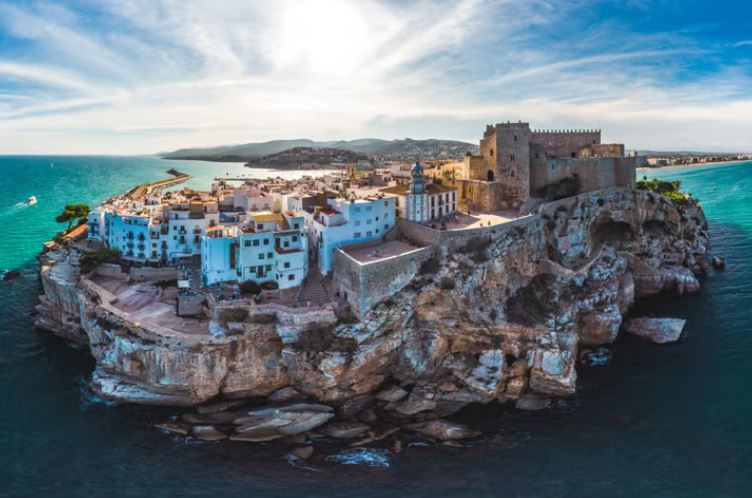
More Americans are moving abroad than ever before. Digital tools like language translation apps and Google Maps, along with the rise of remote work, have made international relocation more accessible. Amid challenging times in the U.S. and a growing desire for new experiences, people of all ages are exploring life in other countries.
Here are our top picks for the 10 easiest countries to move to, including the visa options available:
Netherlands: DAFT Visa
Who it’s for: Entrepreneurs, freelancers, self-employed individuals
The Dutch-American Friendship Treaty (DAFT) visa allows U.S. entrepreneurs to live and work in the Netherlands for up to five years. This visa can be converted to permanent residency after five years. To qualify, you need to deposit €4,500 into a local bank account. The application process, which takes about 4-6 weeks, can be done online or at a Dutch embassy in the U.S.
Mexico: Temporary Residency Card
Who it’s for: Anyone with savings, pension, or remote income
You can obtain temporary residency in Mexico by showing proof of income, savings, or by purchasing property. Temporary residency can be converted to permanent residency after four years. Income, savings, and investment requirements are based on Mexico’s minimum wage and fluctuate with the exchange rate.
Panama: Pensionado Visa
Who it’s for: Retirees or those with passive income
The Pensionado visa requires a monthly income of at least $1,000 from pensions, social security, SSDI benefits, or investments. Alternatively, an investment of $100,000 in Panama can qualify you. Benefits include duty-free import of household goods, significant discounts on various services, and permanent residency.
Portugal: D7 Visa
Who it’s for: Retirees or those with passive income
Anyone 18 and older can apply for the D7 visa with a minimum income of €760/month. After three months, U.S. citizens gain access to Portugal’s public healthcare system. Portugal also offers tax benefits for expats, which may not last forever, so moving sooner might be advantageous.
Spain: Non-Lucrative Visa
Who it’s for: Retirees or those with passive income
Applicants need to show either €2,400/month in income or €60,000 in savings. This visa is suitable for anyone over 18 looking to live in Spain without working.
Canada: Digital Nomad Visa
Who it’s for: Tech workers, remote workers
Canada has introduced programs to attract tech talent, including a digital nomad visa. Americans can stay as tourists and work remotely for up to six months, with the option to seek local employment during that time.
Albania: No Residency Needed
Who it’s for: Digital nomads, retirees, self-employed individuals
Albania offers an easy relocation option, allowing Americans to stay for a year without a visa. For longer stays, you can apply for residency while in the country. Albania is a cost-effective destination with straightforward residency options.
Germany: Student Visa
Who it’s for: University students
Germany offers free tuition at its universities to international students. The student visa requires a €75 application fee and proof of €934/month for living expenses. Students under 30 can access Germany’s universal healthcare system, while those over 30 need private insurance.
Ireland: Stamp 0 for Retirement
Who it’s for: Retirees
Ireland requires a monthly retirement income of €4,166 per person. Retirees benefit from excellent healthcare and free movement within the EU.
New Zealand: Working Holiday Visa
Who it’s for: Adults under 30
This visa allows individuals under 30 to work or study in New Zealand for up to 12 months. Applicants need NZ $4,200 for living expenses and a return ticket. Permanent employment is not allowed under this visa.
Are you looking forward to retirement? While the idea of retiring in the U.S. can seem daunting due to financial constraints, relocating abroad might be a more feasible option. Discover affordable retirement destinations where you can live comfortably on a modest budget.




Comments (0)